Welcome to the world of polyculture, an approach to gardening that embraces diversity and mimics natural ecosystems.
Playground Plants Proven to Thrive in Brisbane: A Guide for Landscape Architects
Can plants be incorporated into a playground safely? Are there any benefits for doing so? The answer is: yes! The choice of greenery can actually significantly influence the safety and aesthetic appeal of the playground.
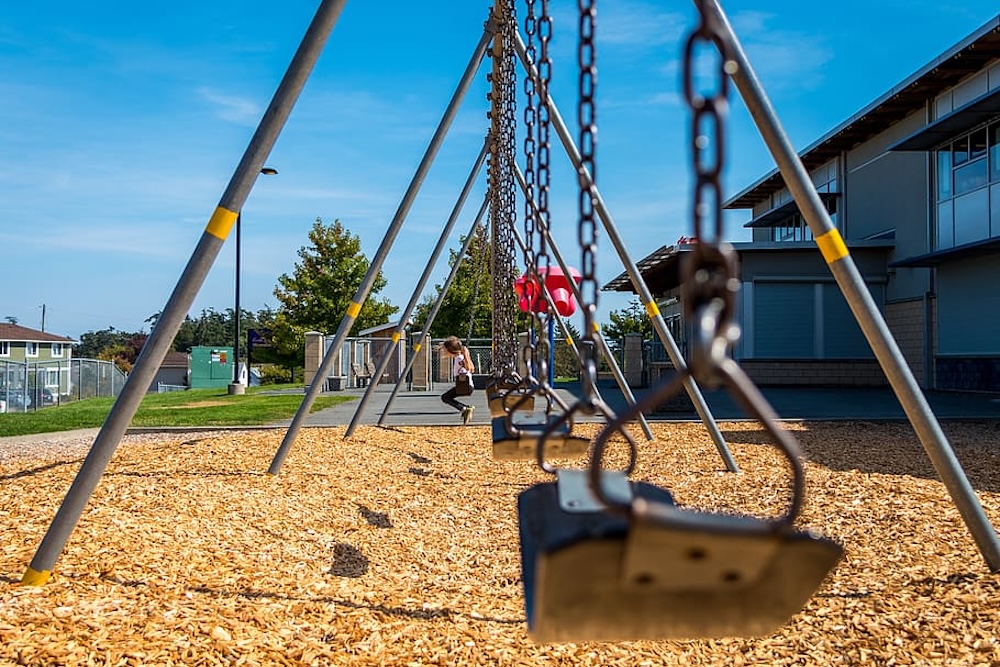
Potential Hazards in Playground Plant Selection
One primary concern when specifying plants is that some can be toxic if ingested, such as oleanders, making them unsuitable for playgrounds. Similarly, some plants, like the golden wattle (Acacia pycnantha), can trigger allergic reactions in sensitive individuals.
The placement of plants requires careful consideration to preventing trip hazards. Plants with sprawling root systems or those that drop large fruit or seeds, like the macadamia nut (Macadamia integrifolia), can pose risks if placed near walkways or play areas.
Nuts and seed pods also pose a risk of projectiles when placed near turfed areas requiring regular mowing.
Plants with rigid or spiky foliage, like yuccas can cause injury if a child falls onto them. And plants that are hyper-attractive to honey bees or other stinging insects, such as bottlebrushes, should be avoided due to the risk of bee stings.
Selecting Plants for Fall Zones
‘Fall zones’ refer to the areas around playground equipment where a child might fall. The selection of the right plants in these zones is beneficial as they can help cushion falls and prevent serious injuries.
In the following section, we will explore specific plant choices that are not only suitable for fall zones but also thrive in Brisbane’s unique climate.
Exploring Specific Plant Choices
Lomandra
Lomandras are a grass-like plant known for their fine, arching foliage and spiky flower stalks. Varieties that display these spiky flowers aren’t appropriate for playgrounds due to the risk of injury they pose, however not all varieties display these dangerous spikes. Here are a couple of our favourites for playgrounds:
- Evergreen Baby™ Lomandra labill ‘LM600’ PBR
- Pacific Sky™ Lomandra confertifolia subsp rubiginosa ‘LM700’ PBR
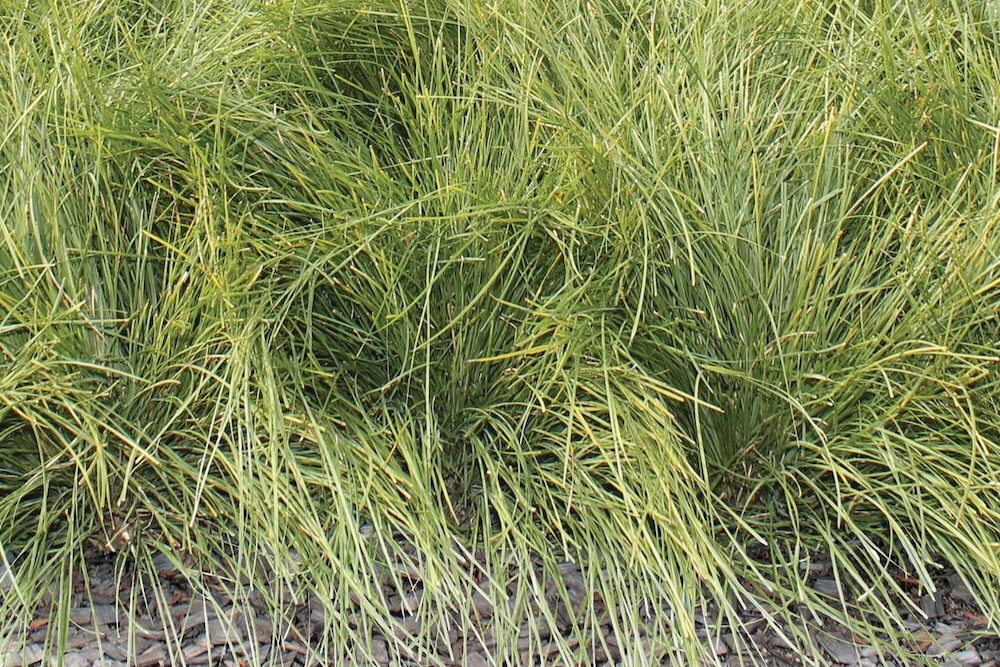
Dianella
Little Jess™ Dianella has particularly soft, clumping foliage, which makes it a good ground cover option for playgrounds that little kids can fall on. It’s drought-tolerant and requires minimal care, and these are attributes that align well with playground plants in Brisbane.
- Little Jess™ Dianella caerulea ‘DCMP01’ PBR
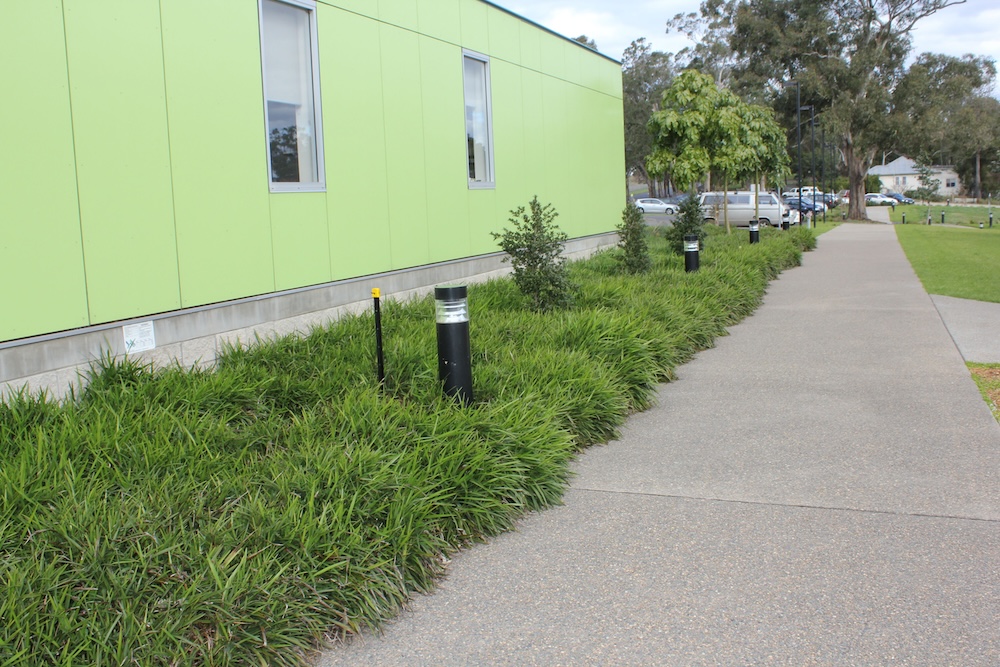
Liriopes
The Liriope genus is another group of plants known for their robust nature and low maintenance requirements. These plants can withstand dry spells and shade, making them versatile additions to any landscape. Some of our favourites for playgrounds include:
- Just Right® Liriope muscari ‘LIRJ’ PBR
- Amethyst™ Liriope muscari ‘LIRTP’ PBR
- Isabella® Liriope muscari ‘LIRF’ PBR
- Silverlawn™ Liriope muscari ‘LIRSS’ PBR
- Pink Pearl™ Liriope muscari ‘VS001’ PBR
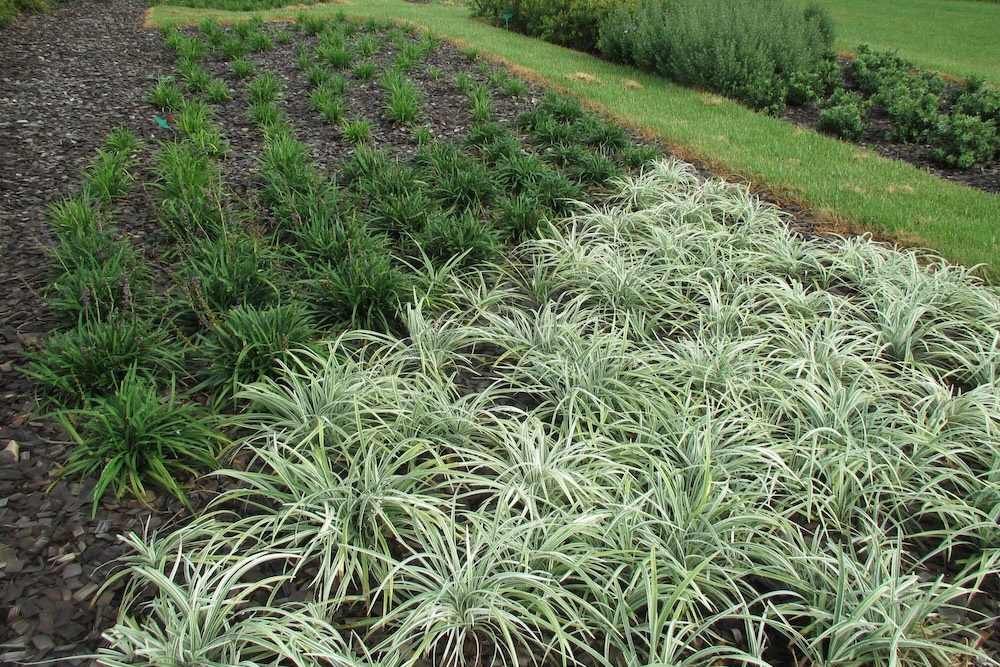
Nandinas
Nandina domestica varieties can be compact shrubs with vibrant foliage. The cultivars I’m about to mention are low maintenance, drought tolerant, and thrive in both sun and part-shade conditions, making them suitable for Brisbane’s climate.
However, unlike strappy plants, the branches can snap and require time to grow back.
- Obsession™ Nandina domestica ‘SEIKA’ PBR
- Blush™ Nandina domestica ‘AKA’ PBR
- Flirt™ Nandina domestica ‘MURASAKI’ PBR
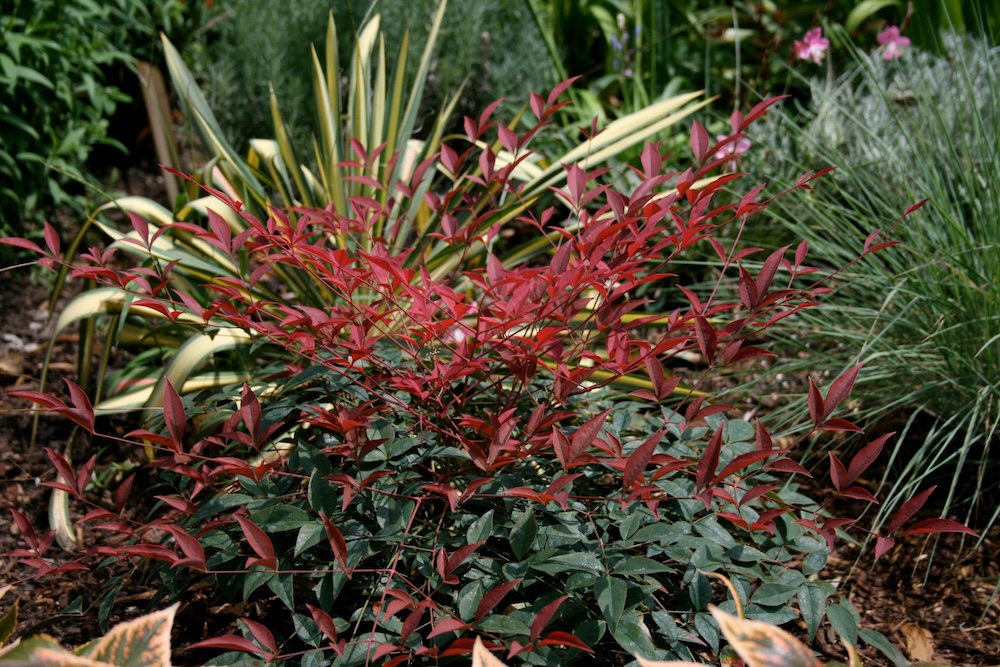
Westringias
These hardy, low-maintenance shrubs are known for their ability to withstand dry conditions, making them ideal for the region’s variable weather. Their compact growth habit and attractive foliage make them aesthetically pleasing, while their resilience ensures they can withstand the wear and tear of active playgrounds.
Westringias don’t have any thorns or toxic parts, making them safe for children’s environments, provided that secondary growth on stems don’t become too thick and then snap leaving sharp sticks. A good, hard prune every few years will prevent that.
It’s worth noting that bees do pollinate westringias, but not in the numbers attracted by bottle brushes or lavenders. Manicuring with regular pruning multiple times per year seems to make them flower less.
Here are some of our favourite playground westringias:
- Naringa™ Westringia hybrid ‘WES01’ PBR
- Mundi™ Westringia fruticosa ‘WES05’ PBR
- Grey Box™ Westringia fruticosa ‘WES04’ PBR (lower flowering)
- Aussie Box® Westringia hybrid ‘WES08’ PBR
- Low Horizon™ Westringia fruticosa ‘WES06’ PBR (low growing)
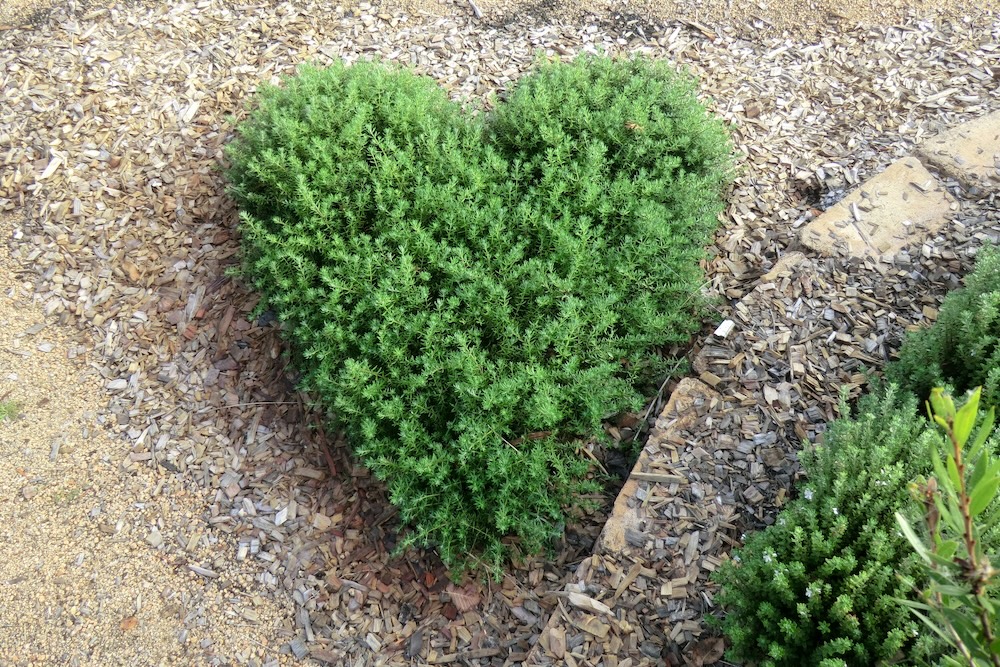
True Grasses
True grasses are great for playground areas, but most require regular mowing which can be unsafe or inconvenient.
Zen Grass Zoysia is a low-mow option that can withstand passive and active wear – it can be run on by kids, and only needs to be mown once per year in Brisbane, so the mowing crew doesn’t need to work around children playing every few weeks.
- Zoysia spp. ‘ZOY01’ PBR Intended
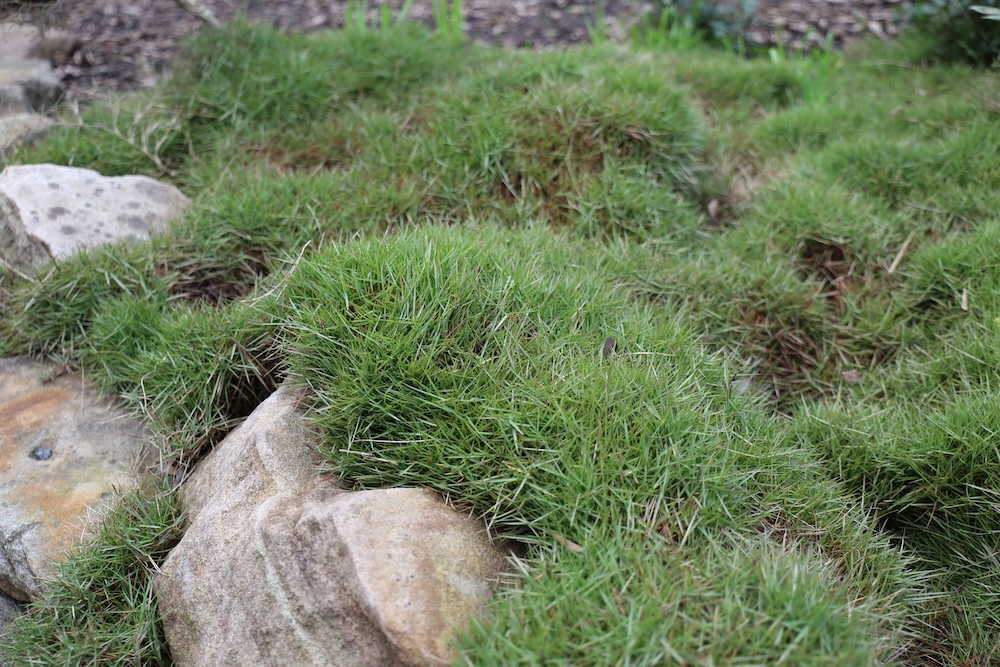
The Importance of Shade and Suitable Plants
The significance of shade in playgrounds cannot be overstated. Not only does it provide a cool refuge in the heat of Brisbane’s subtropical climate, but it also helps protect children from harmful UV radiation. Furthermore, shaded areas can reduce the temperature of playground equipment, which can become too hot to touch under direct sunlight.
Trees like Luscious® Tristaniopsis and Sweeper Waterhousea can provide an alternative to artificial shade cloths, but they do pose a risk of children climbing and falling.
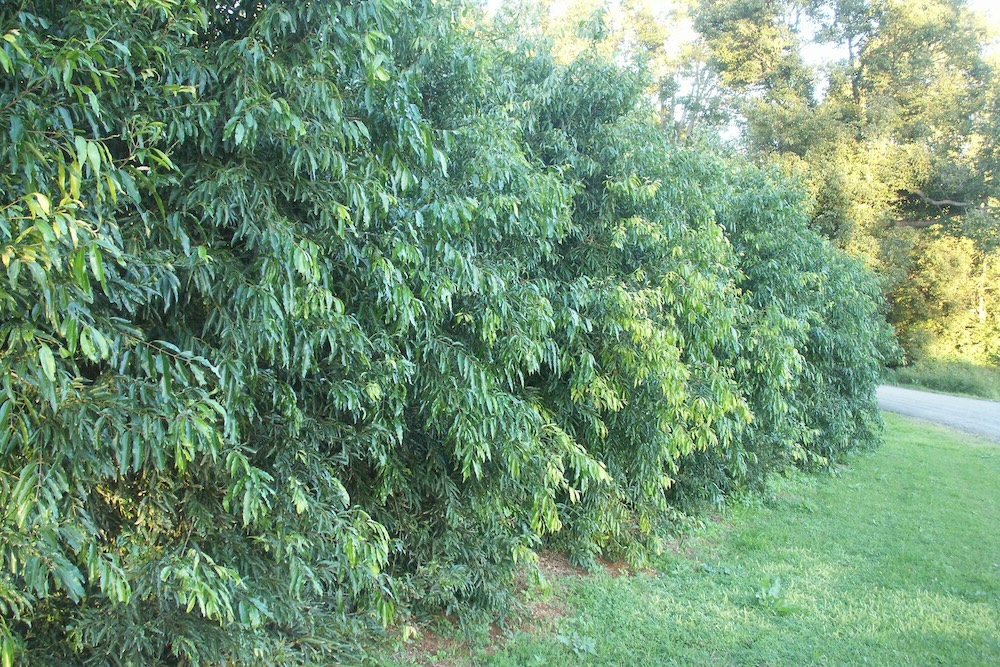
Summary of Playground Mulch Trial Research
Research conducted by Ozbreed in conjunction with Fiona Robbé Landscape Architects, The Hills BARK BLOWER and Acousto-Scan presents valuable insights into the integration of plants in playground mulched fallzones. The study confirms that soft-wooded plants can indeed be successfully grown in these areas, contributing positively to the Critical Fall Height (CFH) rating of the mulch they are planted in.
In particular, the research recommends the use of Playbark pine bark mulch due to its low slumpage and its ability to sustain good plant health throughout the trial. This mulch should ideally be used at a depth of 300mm, ensuring adequate drainage with a 1:50 slope to the base of the mulch area.
The study also underscores the importance of careful plant selection. Non-woody plants, such as Tanika® Lomandra, are recommended for their robustness and minimal maintenance requirements. Importantly, plants should be placed judiciously in fallzones to avoid becoming trip hazards and should not present hazards to children such as toxicity or thorns.
Larger pot sizes of 200mm/5L or more are advised, and an establishment period of at least one month with no traffic on plant areas is needed. The research also suggests that plants should be fertilised when the mulch is freshly laid to aid in their initial establishment.
Beyond their practical contributions to CFH ratings, plants create a more attractive and stimulating environment for children, increase the playground’s biodiversity, and enhance it as a natural environment.
The CFH of the planted area should be checked every three years when mulch areas are tested. The trial has confirmed that plants can be grown in mulched fallzones while providing compliant impact attenuation properties.
Daniel’s Wrap
Whether you’re a landscape architect designing our public playgrounds, or you’re simply designing a private playground for your own children or community, you have the opportunity transform playgrounds into green havens that are safe and enjoyable for our children.
By considering the factors discussed in this article and choosing plants wisely, you can specify plants that will help children build a connection with nature by helping to incorporate plants into the places where they live and play.

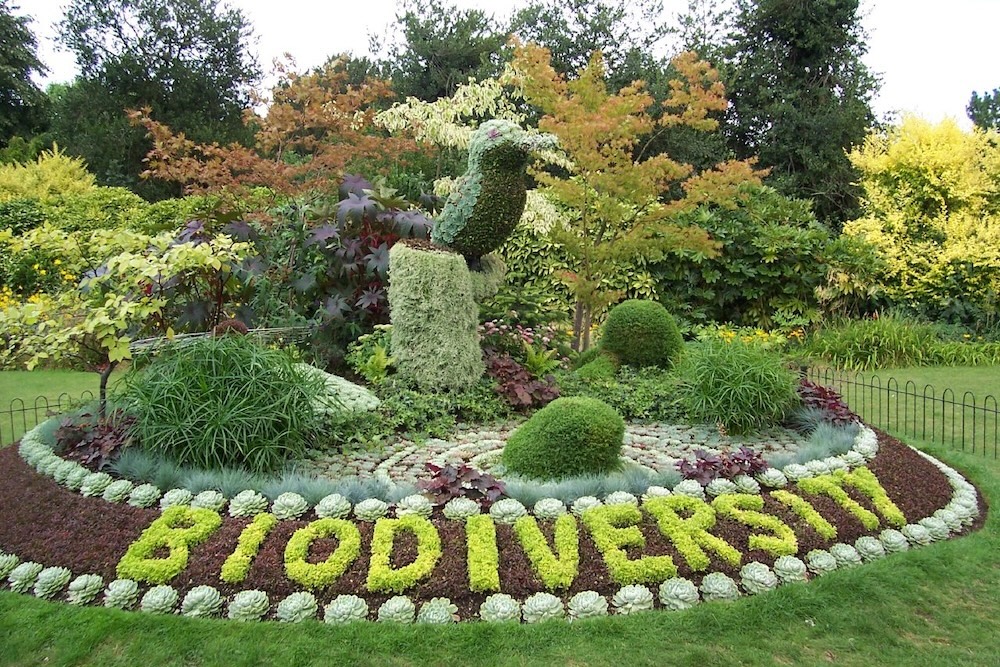
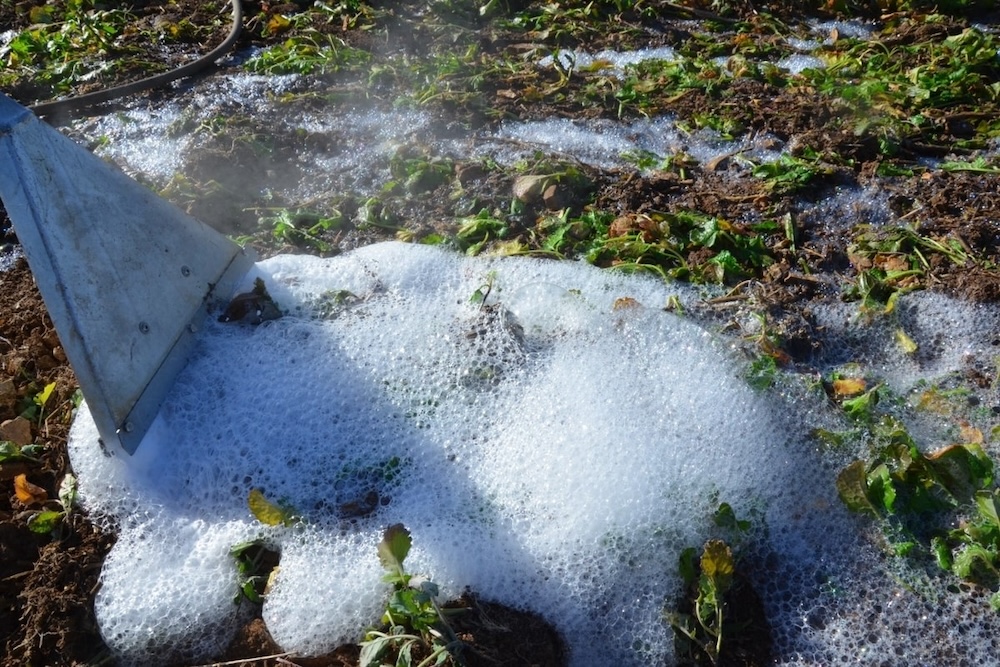
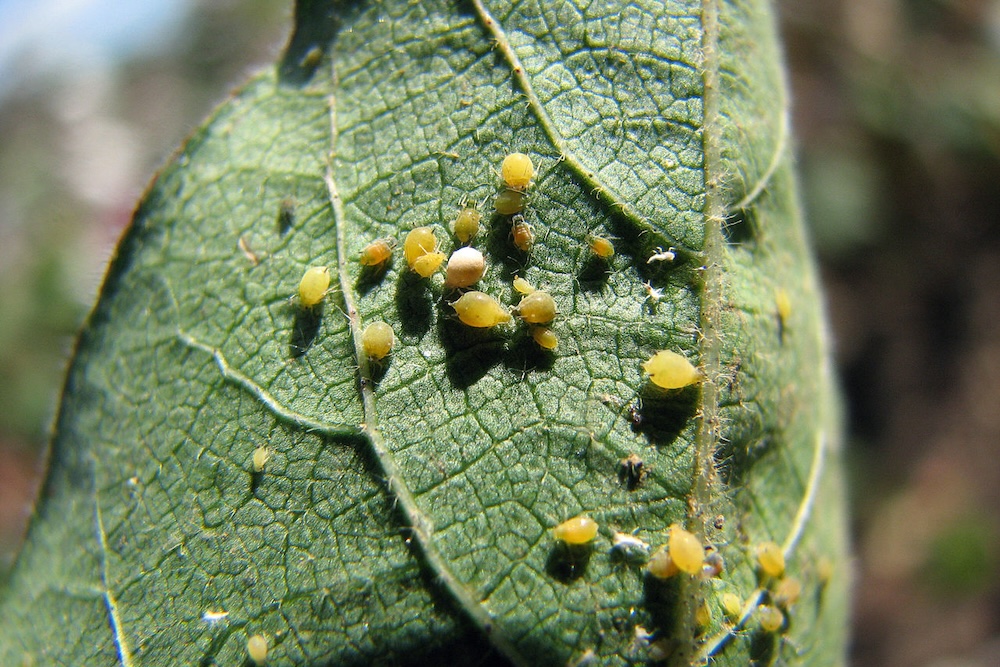
This Post Has 0 Comments